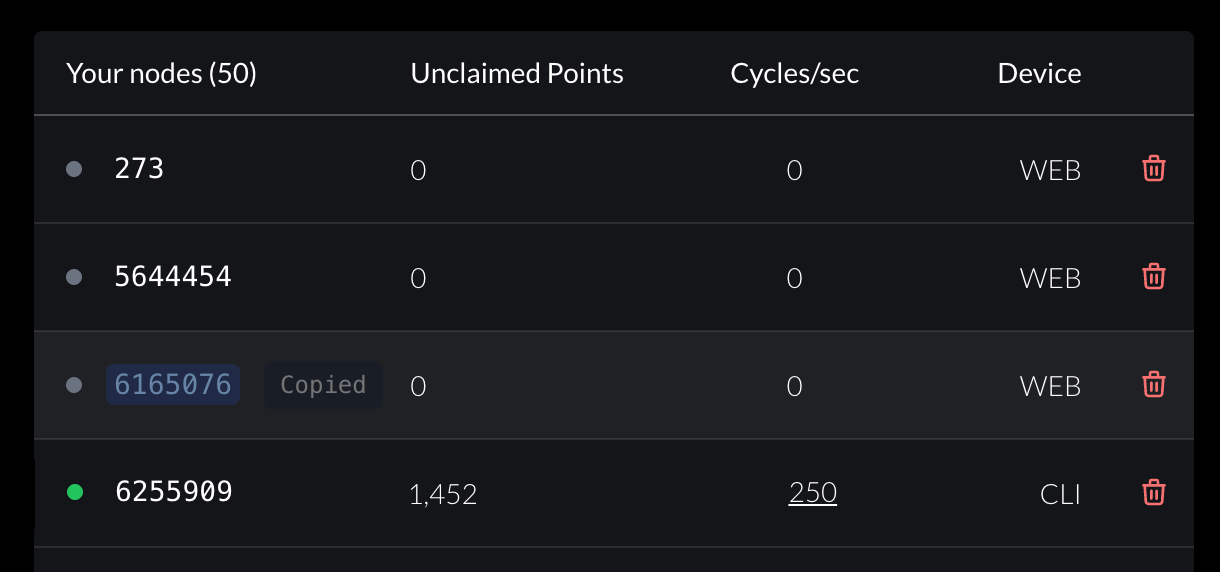Community Call 11.24.25
We hosted our latest community call to mark the debut of the Nexus DEX Alpha — the first enshrined exchange built

The past two weeks brought additional improvements across the Nexus stack —from UI and UX polish in Nexus OS to serious infrastructure gains in Layer 1, a more capable CLI, and more under-the-hood work on the zkVM.
These updates reflect our commitment to a smooth, secure, and verifiable experience for all users — whether they’re running nodes, submitting proofs, or building new apps on Nexus.
Nexus OS continues to evolve as the most accessible interface for interacting with verifiable compute. This release focused on improving usability, security, and responsiveness across devices.
We introduced a range of user experience enhancements, including copyable node IDs with immediate feedback and consistent dark mode modals. Mobile users will notice smoother interactions, better button alignment, and improvements designed to conserve power without compromising experience.
Under the hood, we streamlined performance by optimizing Mapbox rendering for better map interactions and more efficient image loading.
On the security front, we extended authentication to more API calls, integrated signature verification for proof submissions, and improved testing support.

As we approach Testnet III, we are upgrading Layer 1 for scalability, performance, and observability.
We introduced a robust load testing framework and granular control over registration and traffic simulation. These tools help us prepare the network for high-volume, real-world usage.
Performance took a leap forward: We optimized Redis with better pipelining, added batch transaction and withdrawal queries, and improved throughput across the board. Fetch methods and node processing speeds were enhanced to ensure smoother operation under load.
We made foundational improvements to data handling with database tuning, TTL support, and batch token processing. On the security side, we tightened authentication, added signature checks for task requests, and improved Ethereum account generation during registration.
The Nexus CLI is now more streamlined and robust than ever.
New users can register nodes and configure their environment directly from the CLI, drastically reducing onboarding friction. Official Docker support makes it easy to deploy in isolated environments, while precompiled binaries — available for all major platforms — eliminate the need for local builds.
The CLI’s new multi-threaded proving engine uses a centralized task queue to optimize parallel performance, improving both speed and reliability. We’ve also refined error handling, delivering clearer and more actionable diagnostics that help users resolve issues faster.
And for those who live in the terminal, we’ve added a brand-new interactive interface. The TUI allows users to track node status, proving tasks, and rewards in real time — all without leaving the command line
Work on the Nexus zkVM continues to progress toward greater modularity and efficiency.
This cycle included the integration of the RV32m extension, expanding the VM’s instruction set. Development also focused on the memory checking components of our new modular prover architecture — an essential step in making the proving system more efficient, maintainable, and performant over time.
More updates are expected in the next release as this refactor matures and unlocks new proving capabilities.
These upgrades continue to pave the way for Testnet III — with deeper transparency, smarter infrastructure, and a more robust verifiable compute stack. As always, you can track progress in the Nexus Docs or follow development on GitHub.